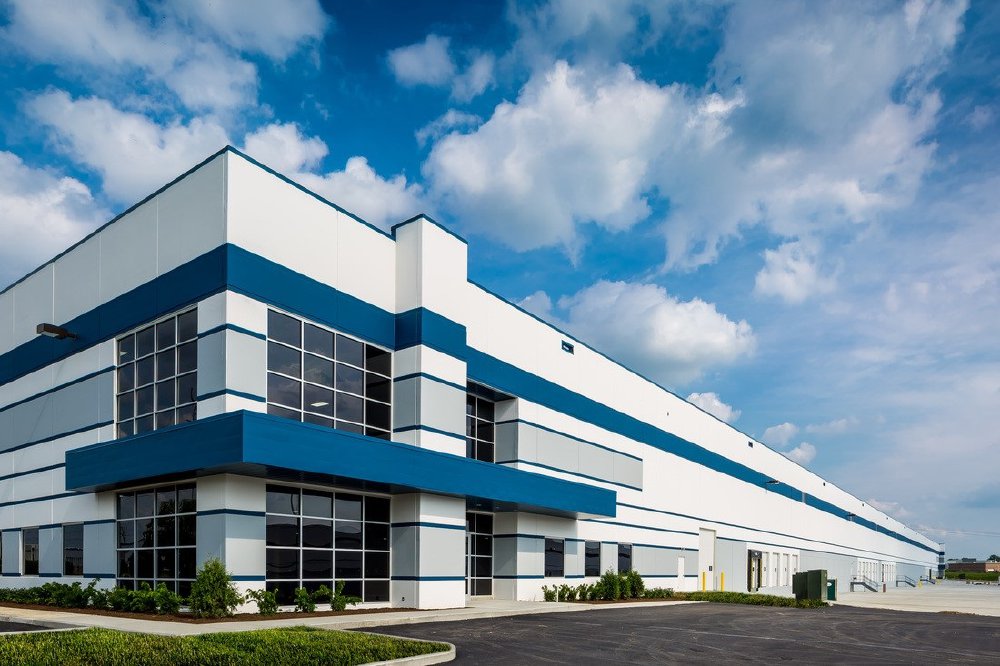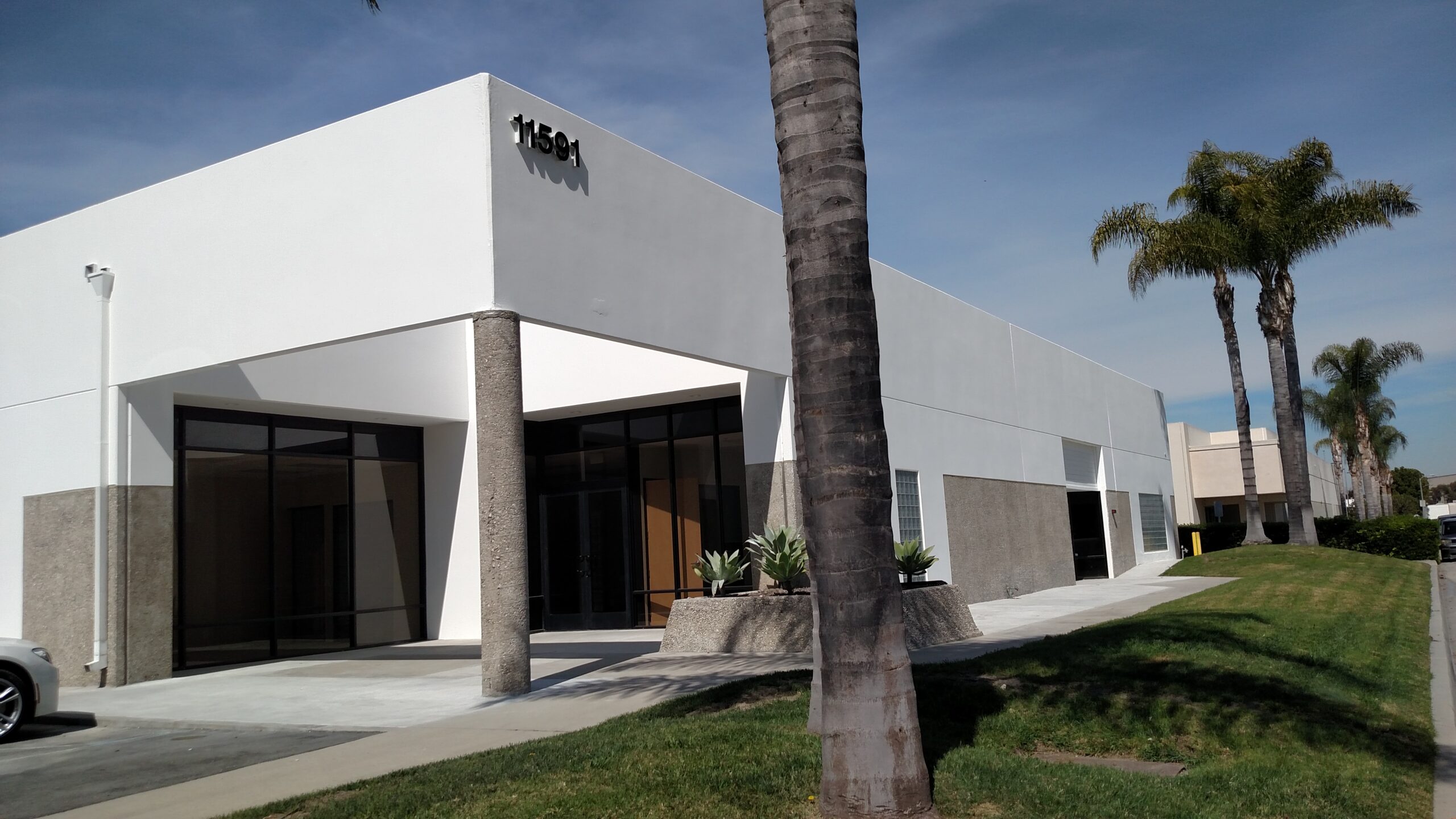How Are Buildings Classified in Commercial Real Estate?
Everything in our world is classified. Take, for example, food. Food variations can be classified as Thai, Mexican, Chinese or Italian. Just like food, commercial real estate, there are building classifications. For an investor or tenant, it is crucial to understand how commercial buildings are classified, so that they can obtain the perfect space to accommodate their growing business.
Factors in Building Classifications
On the surface, building classifications may seem simple to understand. However, once an investor or tenant acquires a more thorough look, they may consider unexpected variables in building classifications. Listed below are some key factors on how buildings are classified:
-
- • Building location or submarket
- • Rental prices already being charged in a building’s submarket
- • Materials and methods used during initial construction and/or current renovations.
- • Building services and upkeep
Building Classifications
According to the Building Owners and Managers Association (BOMA), there are three classifications a building can be given. These classifications are Class A, Class B, and Class C. Let’s explore the lowest classified buildings to the highest classified buildings.
Characteristics of Class C Buildings
Class C Buildings are buildings with the lowest rating a commercial building can receive. Class C buildings fall into two categories – aging and neglected, in a suitable location, or in good repair, in a less desirable location. Rents are on the lower end and access to transportation retail establishments and restaurants varies, depending on the building location. Class C buildings are typically older, further from major freeways and are often functionally obsolete.
Characteristics of Class B Buildings
Class B Buildings are mainstream and functionally viable buildings. Class B buildings contain more utilitarian features that offer common floorplans and adornments. Likewise, Class B buildings are usually not new buildings equipped with the latest amenities or features. However, these buildings offer plenty of cost-effective space solutions.
Characteristics of Class A Buildings
Class A Buildings are extremely desirable for business owners, investors, tenants, and operation managers. Class A buildings are frequently in the most desirable locations, provide efficient floorplans, offer unique layouts and first-class amenities. Class A buildings can represent landmarks that are designed by well-known architects. Likewise, these buildings offer superior property management teams who ensure their buildings are highly maintained. Class A buildings have above average exterior and interior adornments, which means, these buildings can sale or lease for steeper prices because of their modern appeal. If you are familiar with Orange County, you may notice the many high-rise office buildings around the John Wayne Airport. These high-rise buildings are classified as Class A buildings.
Nullifying Increasing Rents
In general, during a thriving market when rates are rising, tenants often step down to a lower class building to nullify increasing rents. During a down market, the opposite often occurs as the higher-class buildings lower their asking rates to try to maintain occupancy.
Final Thoughts
No matter the class of building, Lee & Associates Orange can assist you in determining the building that works best for your business. We pride ourselves on enabling our clients to make profitable decisions. Our comprehensive commercial real estate services are provided to sellers, buyers, owners, tenants, investors, corporations and developers. We look forward to working with you! Contact us today!
For the latest news from Lee & Associates Orange, visit us on Facebook, LinkedIn, Google+, Instagram, and Twitter.
by Staff Writer, Lee & Associates Orange

